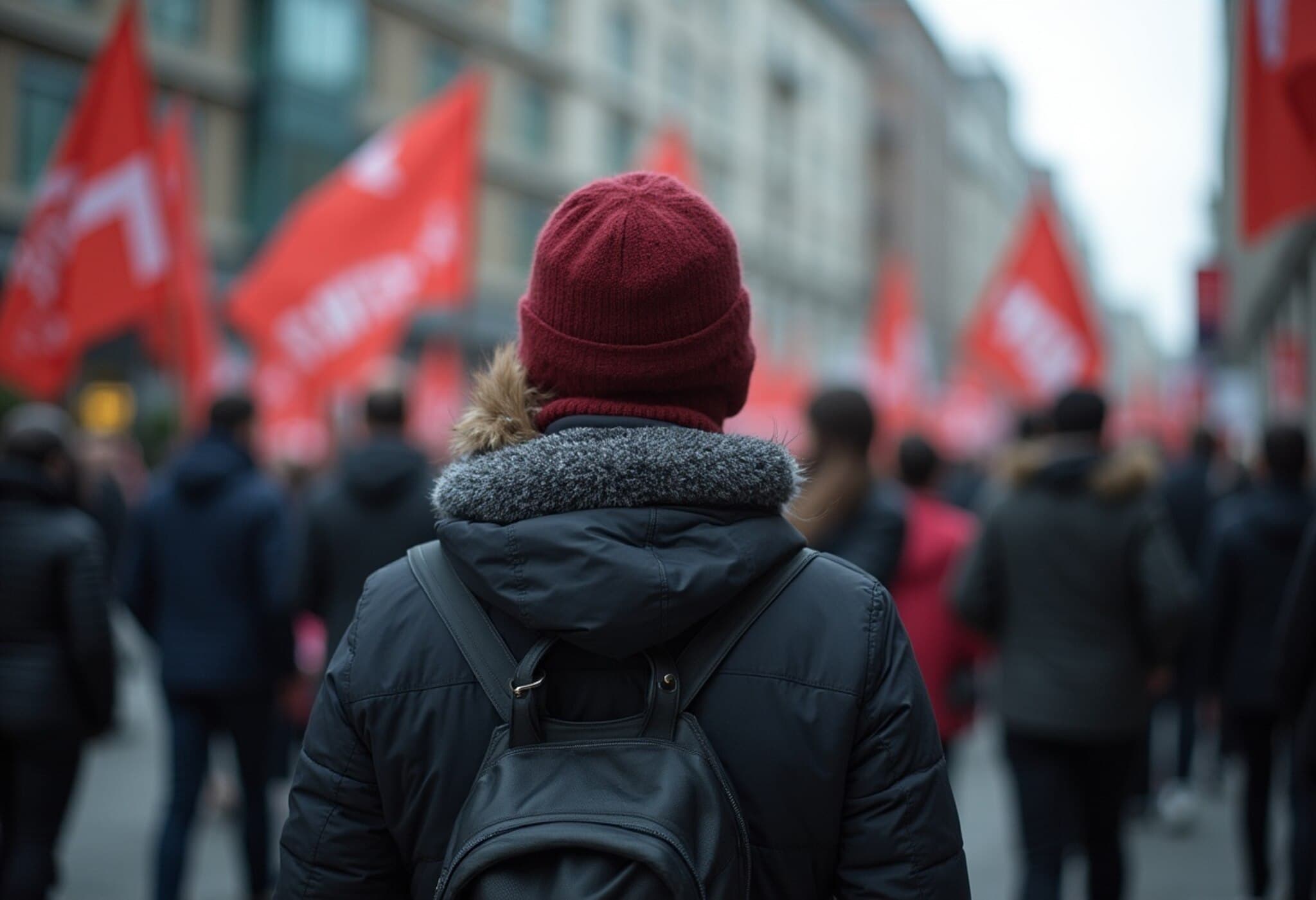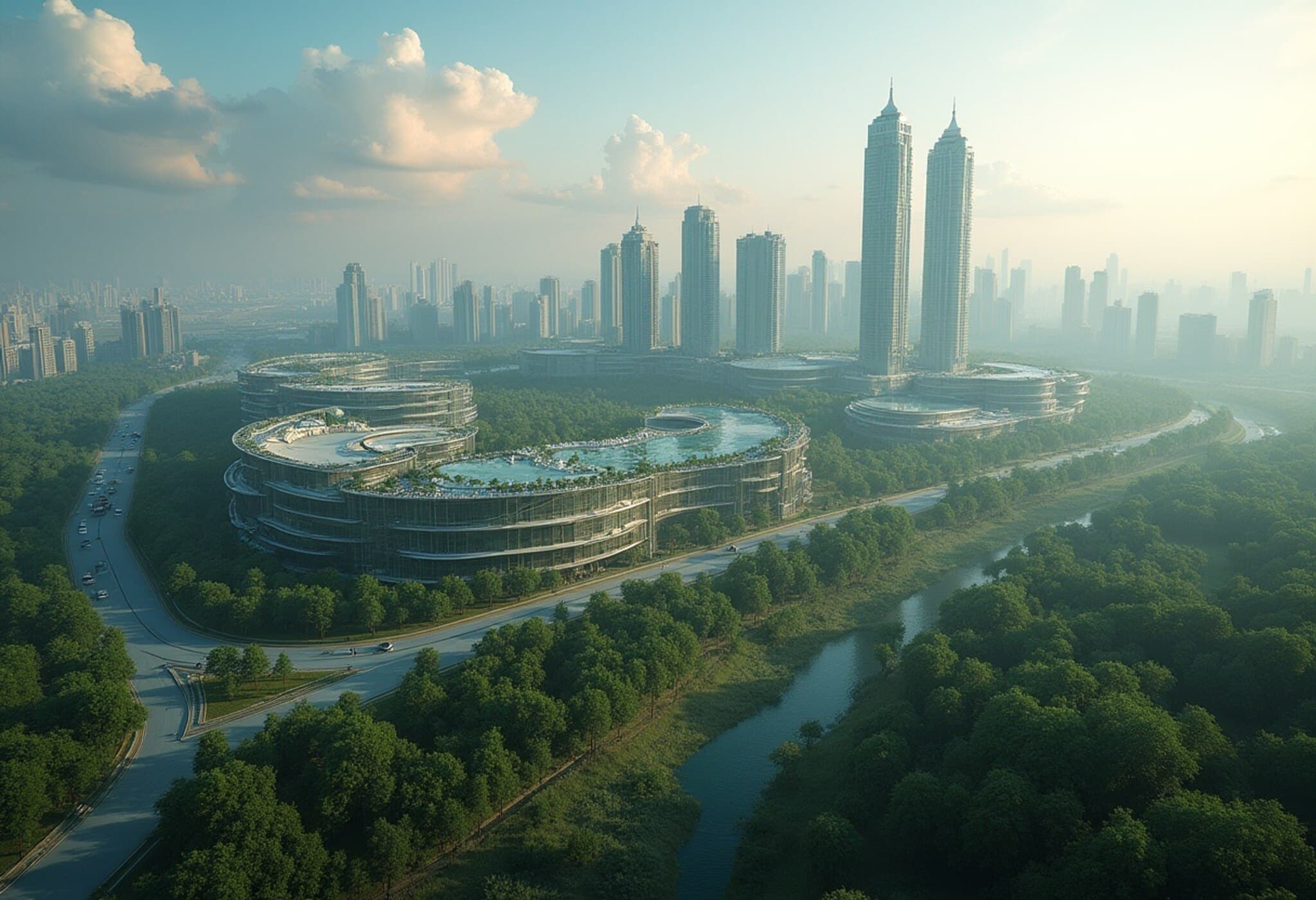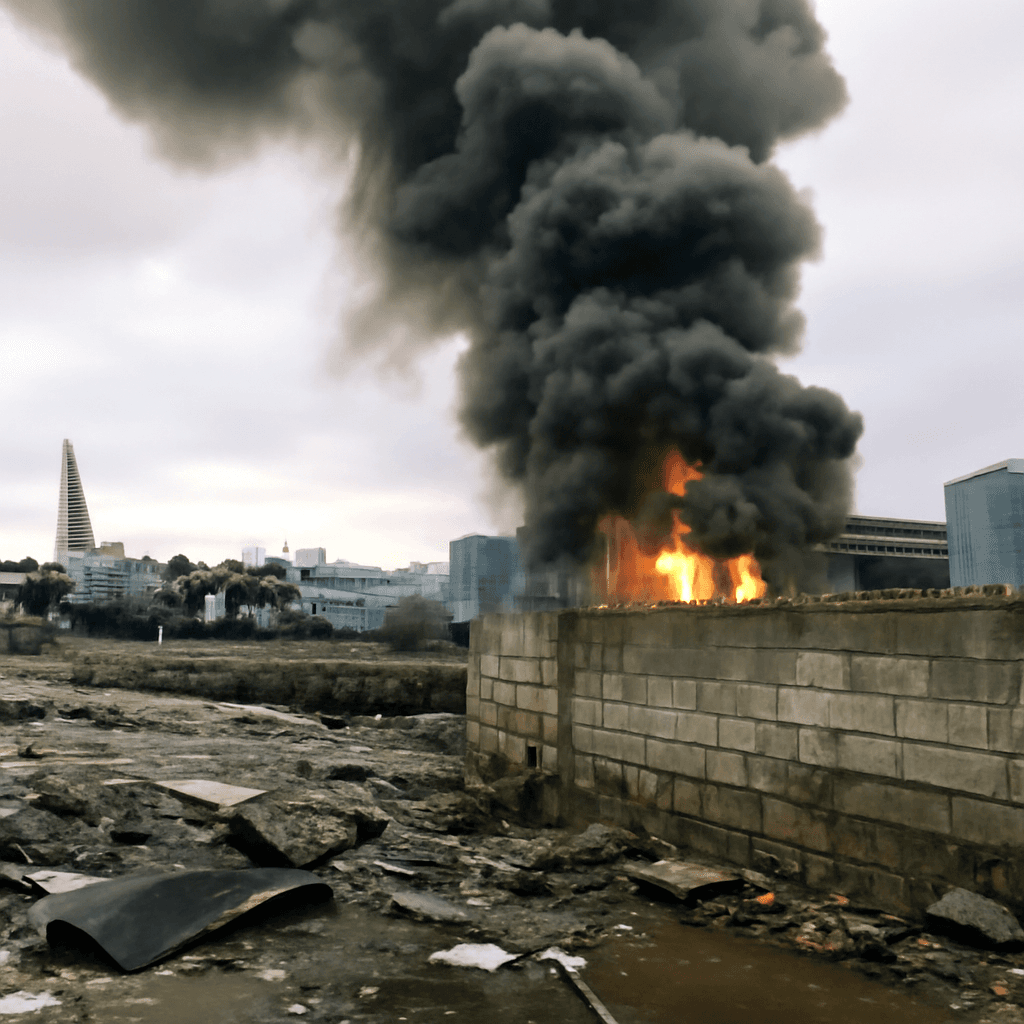England’s Rising Tide of Anger: Understanding the Protests Against Asylum Seekers
On a vibrant summer afternoon outside the Britannia International Hotel in London’s Canary Wharf, an unmistakable atmosphere of tension and frustration permeates the air. This plush hotel, now housing asylum seekers, has become a focal point for local protests marked by whistling and loudhailers. The demonstrators, a mix of longtime residents and families, paint a nuanced picture far removed from the usual caricatures of extremist agitators dominating headlines.
The Human Face of Protest
Among the crowd are about two dozen women clad in pink, some accompanied by small children, embodying a community’s voice that demands to be heard with dignity and resolve. Standing against a backdrop of bustling financial towers, these locals are unified not by ideology but by shared concerns about the implications of hosting asylum seekers in an area already grappling with housing and social services stress.
Lorraine, a 70-year-old resident of 42 years, encapsulates their unease: "They're undocumented. We have no clear information about who they are or their backgrounds. Yet they move freely in our streets." Her words reflect deeply rooted anxieties about safety, transparency, and communal cohesion that many feel are overlooked in the national immigration debate.
Roots of Resentment: Economic Strain and Security Fears
- Housing scarcity: Residents complain of extended waiting lists—with some citing up to 12 years—for public housing in the Isle of Dogs.
- Healthcare pressures: Access to dental and medical appointments is increasingly limited, exacerbating local frustrations.
- Security concerns: Reports of alleged crimes by asylum seekers, though unproven in court, have incited fears that reverberate through social media and local rumor mills.
The complexity increases as many asylum seekers arriving by small boats are predominantly young men, stirring debates about vulnerability and community safety. Protester Nicola, a third-generation Canary Wharf resident, voices a common sentiment: "If it were women and children arriving first, the community would be more accepting. But when it’s mostly young men, questions arise about security and integration."
The Role of Identity and Social Change
The protests are suffused with a mix of cultural pride and apprehension. Banners proclaim, "We're not far right – but we're not far wrong," symbolizing a rejection of extremist labels yet underscoring deep dissatisfaction with current policies. The presence of the St George’s flag exemplifies a desire to reclaim a sense of local identity under pressure from rapid social changes.
Young Bob, a 17-year-old activist affiliated with Turning Point UK, delivers impassioned speeches on how unchecked migration affects working-class jobs, suggesting corporate interests exploit migrant laborers. His stance highlights a generational anxiety about preserving traditional ways of life amidst a globalized economy.
Confrontations and Community Dynamics
While tensions escalate—momentarily erupting when masked men arrive and clashes with police occur—the protests largely avoid widespread violence. The presence of police and the absence of counter-protesters in Canary Wharf contrast sharply with more volatile demonstrations elsewhere in London, such as the Barbican, where clashes between anti-immigration protesters and anti-fascist groups have drawn headlines and arrests.
This localized dynamic suggests that, beneath the surface, many protesters seek to express grievances rather than provoke confrontation, even as tempers flare and the situation remains volatile.
Broader Implications for UK Immigration Policy
At the heart of this unrest lies a national dilemma. The British government faces an ongoing influx of asylum seekers crossing the English Channel, overwhelming available accommodation and fueling political contention. Border Security and Asylum Minister Angela Eagle has pledged to close asylum hotels by the end of the parliamentary term, acknowledging the strain but underscoring the complexity of finding sustainable solutions.
Public opinion mirrors these challenges: recent YouGov polling reveals a nation divided, with 43% advocating for case-by-case assessments of asylum claims and many harboring unease about arrivals by boat. For Prime Minister Keir Starmer, managing migration has become a litmus test for political leadership.
Expert Insight: Migration as a Mirror of Social Strain
Experts in immigration and social policy note that England’s protests are symptomatic of broader anxieties sparked by economic inequalities, housing shortages, and fragmented community relations. Dr. Evelyn Marsh, a sociologist specializing in migration, explains, "This is not merely an issue of numbers but of how societies absorb change while maintaining social cohesion. The visible protests are manifestations of a community grappling with rapid transformation without adequate support or dialogue."
Moreover, the emotional tone—rooted in fear, protectionism, and identity—requires nuanced policy responses that balance humanitarian obligations with tangible community support, ranging from investment in public services to transparent communication about immigration processes.
The Unseen Stories and Crucial Questions
- What mechanisms can ensure that asylum seekers are integrated humanely without igniting local resentment?
- How can government transparency be improved to build trust between communities and officials?
- In what ways might economic policies alleviate pressures that are fueling social unrest?
- How do narratives of identity and belonging evolve in multicultural urban spaces facing demographic change?
Looking Ahead: Navigating Complexity in a Fractured Landscape
As the protests continue along the corridors of Britain’s urban centers, they signal a country at a crossroads. Beneath the noise and banners lies a profound challenge: fostering a society where fears are addressed empathetically, policies are implemented pragmatically, and the humanity of all stakeholders is recognized.
From peaceful residents to impassioned activists and policymakers, the call is clear. England’s story of migration is not simply about borders and boats but about belonging, justice, and the future of community life.
Editor's Note
This in-depth look at England’s asylum protests reveals the intertwining of economic hardship, social identity, and political tensions fueling unrest. As migration continues to shape the nation’s landscape, it compels reflection on how inclusivity and security can coexist. Readers are invited to consider: How might England reconcile these competing demands to chart a path forward that honors both its citizens and newcomers?



















